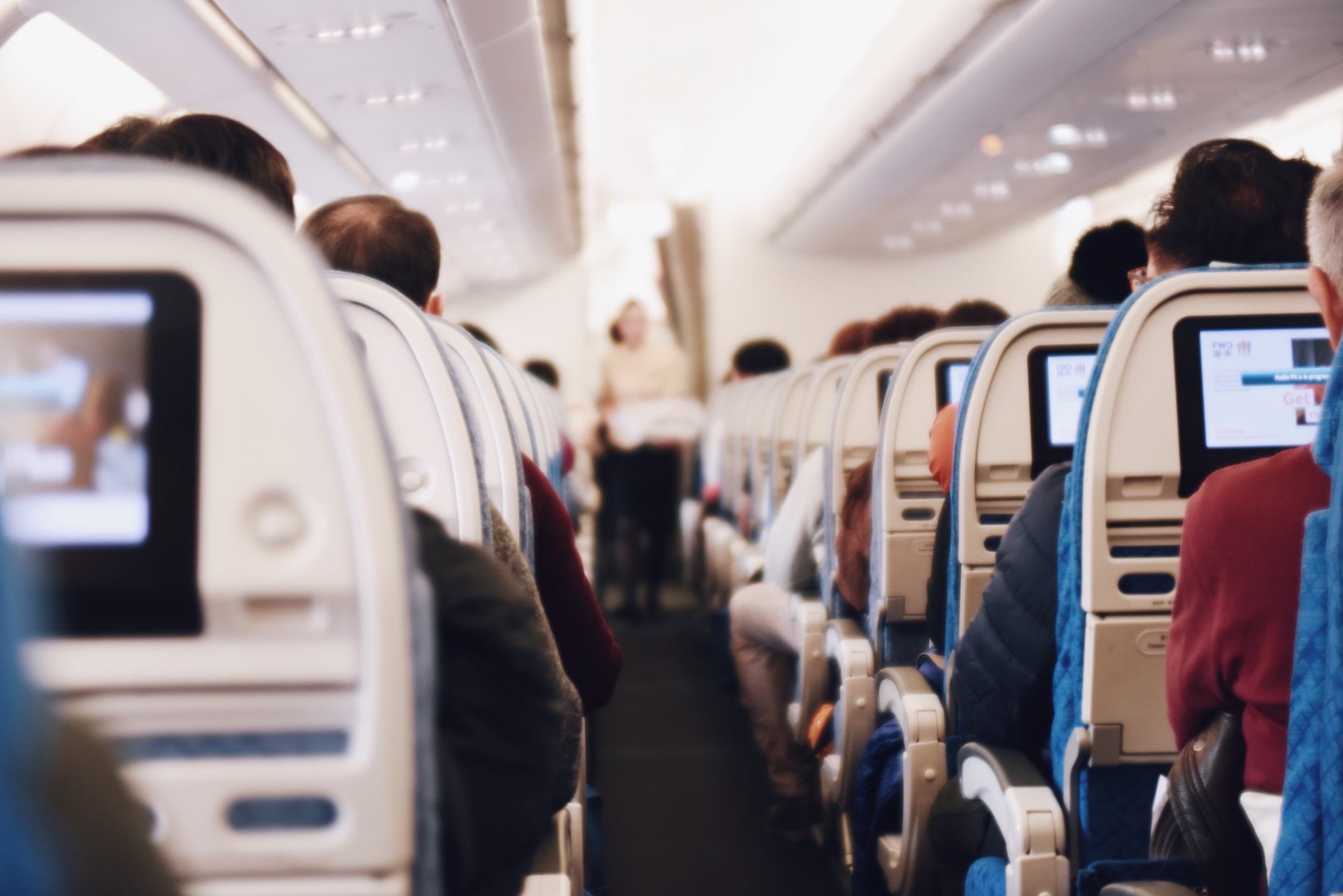A flurry of new imported COVID-19 cases has been announced today, with ten on the same flight from India.
Twelve new cases in total have been detected in managed isolation facilities today. The Ministry of Health said the high number of cases reflects that most of the rest of the world is still dealing with high levels of COVID-19.
The SMC asked experts to comment on how to manage risks from imported cases.
Professor Nick Wilson, Department of Public Health, University of Otago, comments:
“These large number of cases arriving all on single days are imposing extra burdens and risks on New Zealand’s quarantine system. It should prompt serious work by health authorities to lower the risks further. This could be by requiring pre-test screening (eg, a negative PCR test for the pandemic virus in the 48 hours before departure) in countries with high pandemic spread and where cases exceed a particular threshold of new cases per million population per day. This threshold should be set at a level to cover those on flights from countries with poorly controlled pandemic spread such as the UK, the US and India.
“This is necessary to both reduce the burden on the quarantine system in New Zealand, but it will also reduce the risk of outbreaks from spread on the planes – since mask use on planes is not perfect as people have to eat and drink. This system would need to be carefully evaluated and if successful it could be rolled out to flights from all countries where COVID-19 is circulating, even at low levels.
“But if the NZ Government is really serious about reducing another large outbreak as per the August one in Auckland, it should stop using hotels for quarantine in the country’s biggest cities (like Auckland). It should also seriously study the pros/cons of purpose-built quarantine facilities in places such as Ōhakea Airbase. A cost-benefit analysis that took into account the huge economic cost of the recent Auckland outbreak, might tip the balance towards having a high quality approach to quarantine facilities.”
No conflict of interest.
Professor Michael Baker, Professor of Public Health, University of Otago, Wellington, comments:
“Our border controls are vital to keeping New Zealand free of community transmission of COVID-19. It is always necessary to take a comprehensive, risk-based, systems approach to this line of defence.
“This approach should include considering additional control measures for travellers from countries that are the source of large numbers of imported cases. Such measures could include requiring a period of pre-departure quarantine plus COVID-19 testing. Travellers testing positive could have their travel deferred for a suitable period e.g. four weeks. These measures would of course be in addition to current quarantine and testing requirements within New Zealand. The aim would be to reduce the number of COVID-19 positive travellers who spend time within New Zealand’s managed isolation and quarantine facility.”
No conflict of interest.
Dr Amanda Kvalsvig, Senior Research Fellow, Department of Public Health, University of Otago, Wellington, comments:
“The border system of isolation and quarantine is a vital protection to keep the New Zealand population safe from COVID-19. The effectiveness of that protection matters more than any other consideration about managing risks from incoming flights. With a safe border, flights can continue to arrive from countries with a high transmission rates because we can have confidence in containing any new infections at the border. Without a safe border, there will be an unacceptable level of risk even from countries with relatively low community transmission.
“Decision makers will need to see a review of the system that evaluates in a logical sequence every step of the journey that international travellers take from their home country until they enter New Zealand. If any loopholes are left for the virus, we can be sure that sooner or later it will exploit them.”
No conflict of interest.
